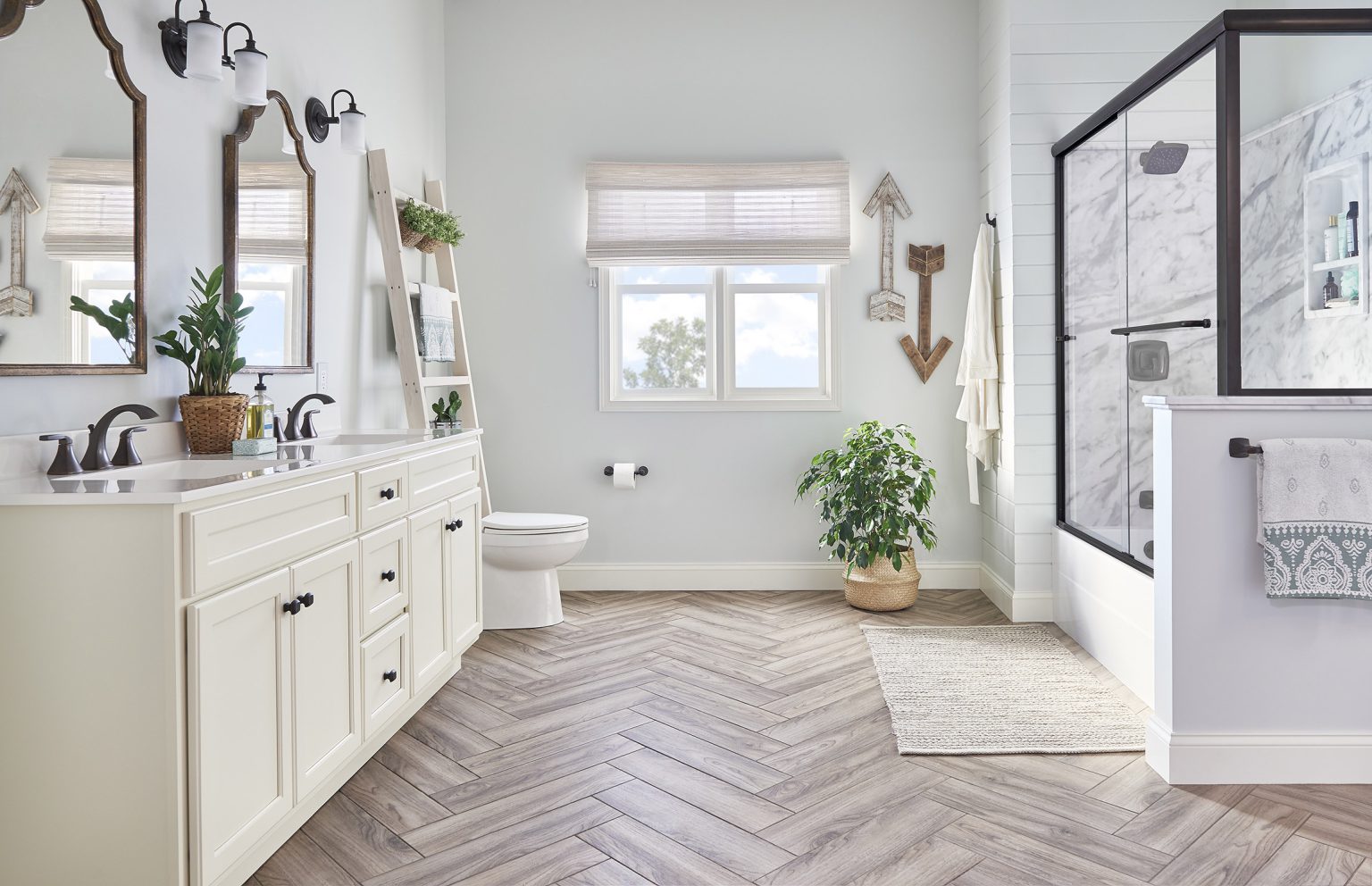Remodeling your bathroom can be an exciting but challenging endeavor. It is essential to know what order to remodel bathroom to ensure everything flows smoothly. Planning your project strategically can help you avoid costly mistakes and time-consuming delays.
Whether you are upgrading for aesthetic reasons, increasing functionality, or enhancing the value of your home, understanding the proper sequence of tasks is crucial. In this article, we will outline a systematic approach for transforming your bathroom into a stunning space.

Initial Planning: Set Your Goals and Budget
The first step in determining what order to remodel bathroom is to set clear goals. What do you hope to achieve with this remodel? Are you looking to increase storage, modernize fixtures, or improve energy efficiency? Write down specific objectives that will guide your decisions.
Next, establish a budget for your remodel. Consider all expenses, including materials, labor, permits, and potential unforeseen costs. Research prices and even create a spreadsheet to compare estimates, as budgeting is a critical element of residential remodeling.
Design Your New Bathroom: Layout and Aesthetics
Your next step is to design the new layout. Most bathroom renovations involve rearranging the fixtures (such as toilets, sinks, and bathtubs) for better functionality. Start by scheming a floor plan: visualize where each item you plan to include will fit. You can use tools like design tips found in various home improvement resources.
Alongside the layout, consider the aesthetic elements, such as color scheme, tile patterns, lighting, and finishes. Choosing materials that blend well together is also essential for creating a cohesive bathroom. Dont forget to take into account the style of the rest of your home.
Acquire Necessary Permits
Before you start demolition or construction, determine whether you need a building permit. Regulations change based on location, so check with your local jurisdiction to confirm the requirements. Failing to acquire necessary permits can cause serious delays or legal issues down the line. Find more information about getting a permit for your project.
Demolition and Preparation
With planning complete, it's time to begin the physically demanding task of demolition. Carefully remove existing fixtures, tiles, and cabinetry. However, take care not to damage plumbing or electrical work that need to remain intact for the new remodel.
Make sure to adapt a safe and organized process for your demo. Removing everything before bringing in new materials can save you a lot of hassle when it comes to installation. Additionally, ensure proper disposal of debris to keep the project area safe and clean.
Plumbing and Electrical Work: Perform Before Construction
Once the demolition is finished, the next step is addressing plumbing and electrical tasks. This includes rerouting pipes and wires, checking for leaks, and updating electrical systems to accommodate new lighting or plug-in features.
It is wise to hire licensed professionals for this stage, as improper plumbing or electrical work could lead to hazards, not to mention costly repairs down the road.
Framing and Structural Changes
Next, focus on any necessary framing or structural changes. This may involve building new walls, altering existing layouts, or integrating customizable features like cabinets and shelves. Be sure to use appropriate materials to ensure durability as a bathroom is a high-moisture area.
During this time, you can also plan for any built-in storage solutions to ensure everything has its dedicated space. For tips on how to enhance your efficiency, check out this link on saving money during remodeling.
Installing New Fixtures and Finishes
Now comes the exciting part: installing your fixtures and finishes! Begin with plumbing fixtures, like sinks, toilets, and showers. Follow with cabinetry and other built-ins. Ensure everything is properly secured as you go.
Once fixtures are in place, move on to the finish work. This is where tiles, vanities, mirrors, and lighting come into play. Ensure these finishing touches follow your design scheme for a polished look.
Final Touches: Decor and Details
Finally, add those personal touches that make the bathroom uniquely yours. Consider colors, accessories, and decorative elements that blend with the overall aesthetic. This is also an excellent time to add textiles such as towels and shower curtains to complete the look.
Before you consider your remodel complete, conduct a thorough inspection. Check for leaks, proper function of fixtures, and ensure everything is aesthetically pleasing.
Maintenance Tips for Your Newly Remodeled Bathroom
Maintenance is crucial after your remodel. Regularly check your fixtures for leaks and clean them to extend their lifespan. Avoid harsh chemicals that may damage finishes and consult care instructions for your tiles and other materials.
If you want to learn more about home improvement, refer to this helpful resource on bathroom renovation tips.

FAQs
1. What is the first step in remodeling a bathroom?
The first step is to define your goals and set a budget for your remodel.
2. How long does a bathroom remodel typically take?
Depending on the complexity, a bathroom remodel can take anywhere from 3 weeks to several months.
3. Should I hire professionals for all phases of the remodel?
While some DIY tasks can be done, hiring professionals is advisable for plumbing and electrical work to ensure safety and compliance with regulations.
As an Amazon Associate, I earn from qualifying purchases.






